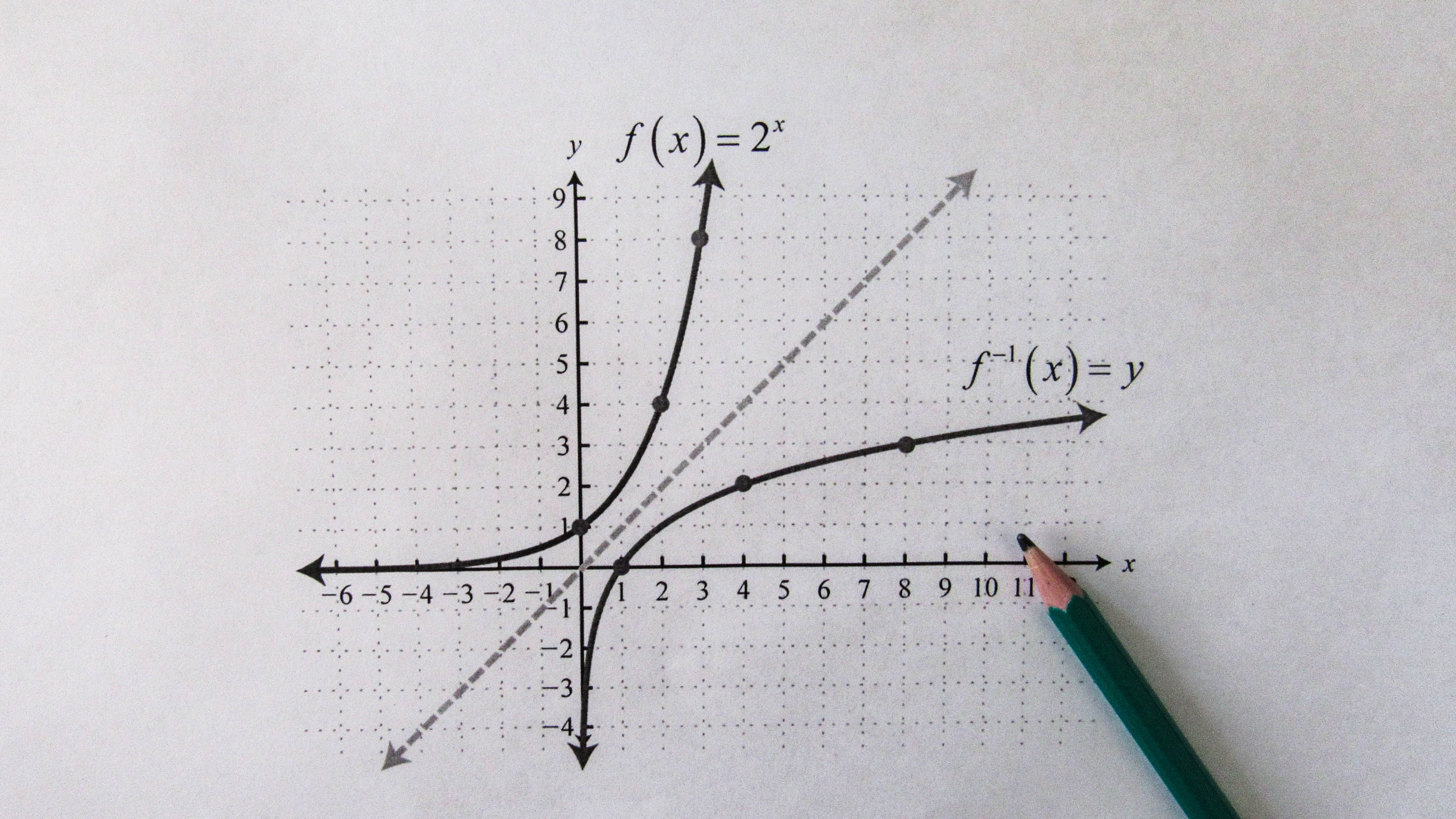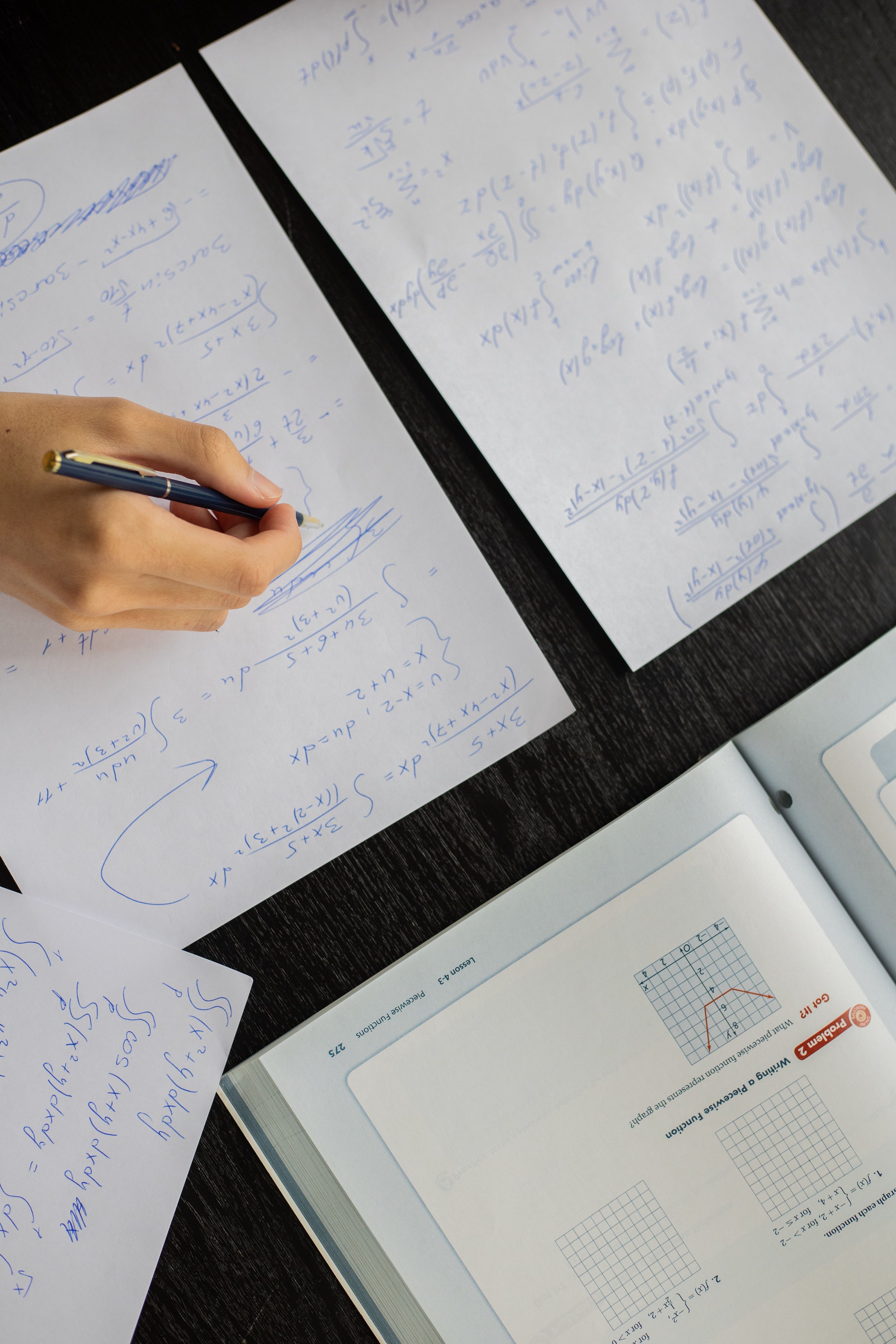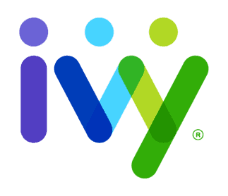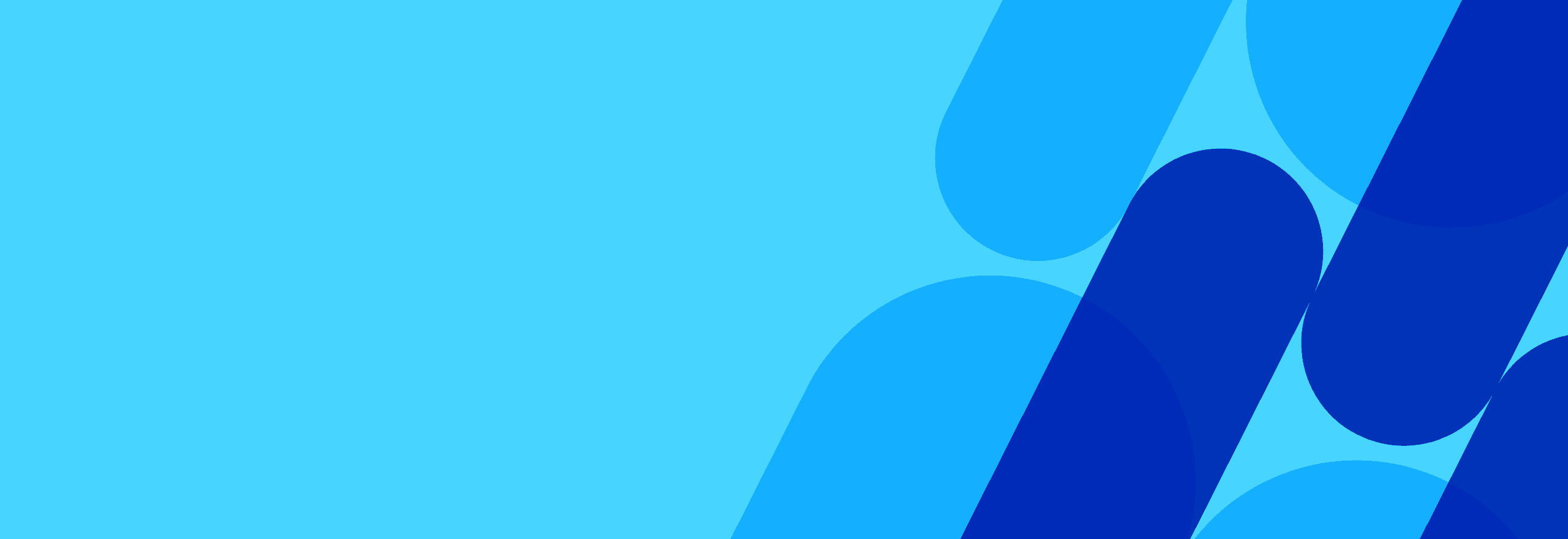
Common Algebra Mistakes And How to Avoid Them
Part one of the essential guide to eliminating errors that trip up many test-takers.

Whether you are a beginning algebra student, or a confident calculus whiz, students of all levels make these and similar errors. To avoid these kinds of errors and have a better understanding of fundamental math concepts, think carefully about the reason someone might make such a mistake, as well as the reason the correct approach is, in fact, correct. You’ll grow as a math student and overcome a common trap: memorizing a series of steps to take to solve an individual problem.
1. Sloppy Use of Mathematical Symbols
Mathematics has its own language, and symbols have very specific meanings. If we use the wrong “words,” we can end up expressing mathematical statements that are either ambiguous or incorrect. This can be confusing not only to you, but also to a teacher evaluating your answers on homework or a test. Here are some examples of common errors students make when using mathematical symbols:

Misusing equals signs
The equals sign in math has two very specific functions. It can either be used to state that two mathematical expressions are equal in value (as in, ), or it can be used to make a definition (as in . Be careful about using the equals sign in other ways, such as when you are working through a series of computations to signal successive steps in the computation. For example, I have seen students write things like this:
or this:
A student who writes the above equation is trying to use the equal sign to mean “therefore.” Instead, try using an arrow: . This makes it clear to a reader what the logical relationship is between each of the expressions.
Implicit and/or dropped parentheses
Writing in parentheses in a mathematical statement can reduce your chance of errors, when there is an implicit order of operations, or an implicit set of parentheses.
Consider a fraction, say, . We know that, if we were to evaluate the fraction, we would have to evaluate the numerator before dividing by 5. Instead of leaving this order of operations implicit, make it clear by writing in the parentheses: . Otherwise, you may make a mistake in how you solve problems using that algebraic expression. E.g., NOT .
Other examples of implicit/dropped parentheses:
- Suppose NOT . Even though we didn’t use parentheses around , in the first step we need to write them around when we substitute to indicate that this binomial all together represents a single thing (namely, the function ).
- Suppose . Then, , NOT .
Writing fractions and square roots unambiguously
I always encourage students to write fractions in the format, instead of the format. Consider . It’s not clear whether this means or , which is a significant difference.
When you’re writing roots, make sure the top line completely extends over everything that belongs within the radical. The expression means something very different from , so make sure you write them to look different! In fact, it's best to write anything that is multiplied by a root but doesn’t belong inside the radical in front of the root: is clearer than .
2. Cancelling Error
You may be used to cancelling common factors on both sides of an equals sign when you are solving an equation (if , divide both sides by 2 to get the answer). However, this can lead to errors when the common factor is not a number but an expression involving a variable. There may be multiple solutions which you would miss if you simplify the equation in this way.
Consider . You might be tempted to cancel on both sides to get . The problem with this is, since you don’t yet know what is, you might have just divided by zero! Looking at the equation, it’s clear that is a possible solution, so we have to consider this case when we solve the equation.
Here’s what I would do:
implies EITHER OR, if is not zero, then we can divide both sides by to find , which has solutions . This gives us a complete solution set:
Here’s another example: . If we factor the left-hand side we get . Then, we acknowledge that is a possible solution (i.e., ). Otherwise, we can cancel on both sides to find or x = . So, the complete solution set is .

3. Mistaking Roots for Solutions
When factoring or using the quadratic formula to solve for the roots of a quadratic polynomial, remember that these options only work if we have an equation of the form , and not if the right hand side is a non-zero value. Solving for the roots of the quadratic gives us the -values where this quadratic is equal to zero. However, if I had an equation like , I should be looking for the -values where the left-hand side quadratic is equal to 3, not to zero. To fix this, I need to subtract by 3 on both sides to get a quadratic on the left that is equal to zero on the right, and solve for roots from there.
Here’s what’s happening conceptually when I do this: the solutions to are the points where the quadratic intersects the horizontal line . If I move my quadratic downwards by three units, at all the -values where the parabola used to intersect , it will now intersect the -axis, . By subtracting by three on both sides of my equation, I’m essentially moving my quadratic down by three units while also moving the horizontal line down to the -axis. The values of those points of intersection remain the same, since I only shifted things vertically and not horizontally.
Here’s an example: . The roots of are , where the solutions to this particular equation are .
4. Assuming the Linear Function Property.
Certain functions have a pair of properties that together we call “linearity”. Those properties are:
- Additivity:
- Homogeneity:
(Note that this is NOT the same as the functions of the form, which we call linear functions because their graphs are straight lines.)
Sometimes, students assume that all or some functions are linear functions and can be manipulated in this way when in reality they are not. Most notably, it is NOT generally the case that or that . Some simple computations make these cases clear:
- By FOILING, we see , which has an extra term when compared to , and so they are not equal
- whereas . We conclude that since they have different squares.
We could also check using specific numbers to see that these functions are not linear. For example, if , then , whereas . So, we found a set of values where additivity doesn’t hold for , and so the function is not additive in general. (CAREFUL: finding values where the properties don’t hold is enough to prove that the given functions don’t have the linearity property, but finding values where additivity and homogeneity do hold is NOT enough to show that the given functions have the linearity property. For example, in the cases we’ve already discussed, the equalities actually work when either or is zero.)
To tell for sure if a given function does have the linearity property, we have to prove it using algebraic manipulations. Let’s work through an example to demonstrate:
The simplest example is .
- This function is additive:
- It is also homogeneous:
Here are some more common examples of functions that do NOT have the linearity property (see if you can prove it on your own!):

5. "Equals" Sign Errors
Students can get very comfortable with “doing the same thing to both sides” when manipulating an equation. For example, if I had the equation , you might want to multiply both sides by to get rid of the denominators. However, sometimes students can be overzealous with this tool and forget the real power and meaning of the equals sign.
For example, suppose you have a function . You might try to multiply both sides by in order to get rid of the denominator on the right hand side. However, in this case, the equals sign is acting to define the function , so multiplying on both sides won’t help you out much. You’d end up with , which will have you running in circles, since the only thing we know about is that it is defined as . You can’t just apply algebraic manipulation “to both sides” to “simplify” a function. It is defined in a certain way, and manipulating both sides of the equality in this case won’t help you see our function in a new light.
Similarly, when asked, for example, to simplify an expression like , students might be inclined to try to get rid of the denominator by multiplying by . The problem here is that we don’t have “two sides” because we don’t have an equation, just a stand-alone expression. We can manipulate both sides of an equals sign because we’re still keeping everything in balance. It’s like adding the same exact weight to two sides of a see-saw. However, if we don’t have an equation, we don’t have two quantities balancing each other, and so we can’t manipulate our expression in this way without fundamentally altering it.
6. Negative Square Roots and the Square Root Symbol
Suppose you’re given the equation , and you’re trying to solve for . Many students will try to solve this problem by taking the square root of both sides, and will find that . However, is also a solution. Here we have to recognize the distinction between the meaning of the square root symbol (), and all of the true square roots of a number. By convention, the square root given by the expression of any (positive, real) number is a positive, real number. However, is not the only square root of , where we define square root as any number that squares to . Since , it will also be true that is a square root of . So, don’t forget those negative square roots when solving equations that involve squares!
7. All Things Exponents
Many students struggle with remembering exponent rules. When do you add them? When do you multiply them? What’s the difference between a fractional and a negative exponent? Here’s a quick refresher on the main rules relating to exponents:
- By convention, , no matter what is.
- Raising a base to a power indicates how many times to multiply that base by itself. So, . Remembering this fact specifically will help you remember all of the other rules. When in doubt, come back to this basic rule.
- When multiplying terms with the same base, add the exponents: .
- This makes sense when we refer back to the definition of the exponent. For example: . Since the exponents mean how many times we multiply by itself, and then we multiply those products together, overall we are multiplying together by the number of times that is the sum of the two exponents.
- When raising a term to a power, multiply exponents: .
- Again, think about the definition. inside the parentheses mean that we are going to multiply by itself times. But then, raising that to the power means we are going to multiply with itself, times. So, overall, we get copies of copies of , all multiplied together. Altogether that makes for times copies of .
- Negative exponents mean we are dividing by some number of copies of . In particular,, and so we divide 1 by times. One way to remember this is to think about the addition rule. Since , it must be that whatever is, it brings back to 1, in essence “undoing” the -times multiplication of . Well, dividing by ( times) would do the same thing, so it makes sense that negative exponents would indicate division.
- A fractional exponent means we are taking a root. In particular, . This makes sense when we think about the multiplication rule. We would need . Since raising to the aa gives us , it must be (essentially by definition) that is the -th root of .
8. Cancelling Polynomial Fractions
It can be tricky to move from numerical fractions to polynomial fractions. In particular, many students make errors when it comes to cancelling terms in polynomial fractions.
Consider the fraction . Some students want to cancel the on the top and bottom. The problem with this is that we can only cancel common factors, so we cannot cancel individual terms in a sum. This makes more sense when we remember that division is the “mirror” or the “opposite” of multiplication. If we have a product in the numerator, we could “undo” that multiplication with a shared factor in the denominator, but without a shared factor, there’s nothing we can do.
Here’s an example of a correct sequence of computations:

Final Thoughts
Whew! Congratulations! You’ve made it through our guide to the common errors that trip up algebra students. But don’t worry if you feel a bit lost. Understanding algebra’s many twists and turns comes with plenty of “perfect practice”: not only working through problems, but reviewing any errors, understanding what happened when you made a mistake, and why the right answer is in fact right.
You’re not alone in this. Our brilliant and caring algebra tutors have helped countless students nail middle and high school math and achieve high scores on admissions tests such as the SAT, ACT, SHSAT, SSAT and ISEE. Since math concepts build upon each other, the key to success is gaining a solid understanding at each math level, making it possible to move on to more advanced topics such as calculus with ease and confidence.



